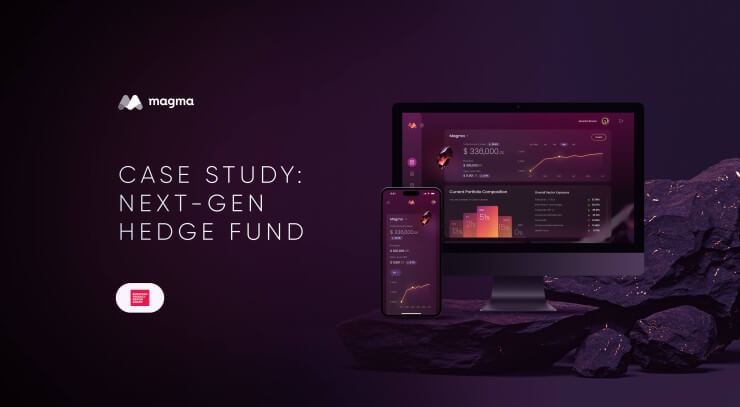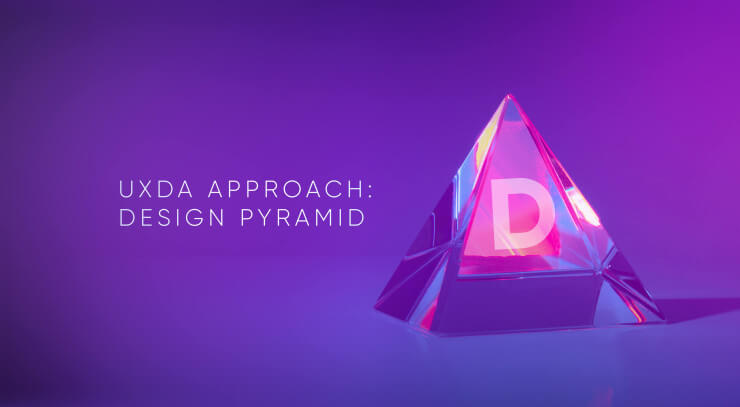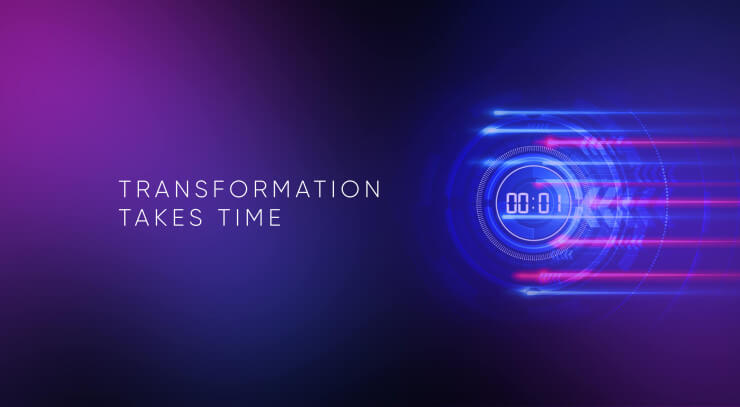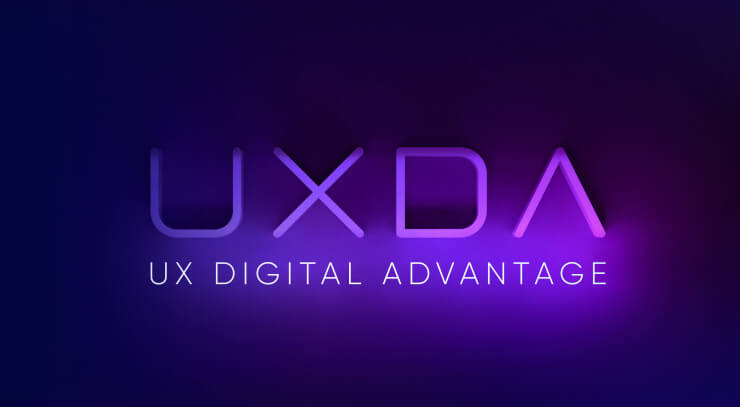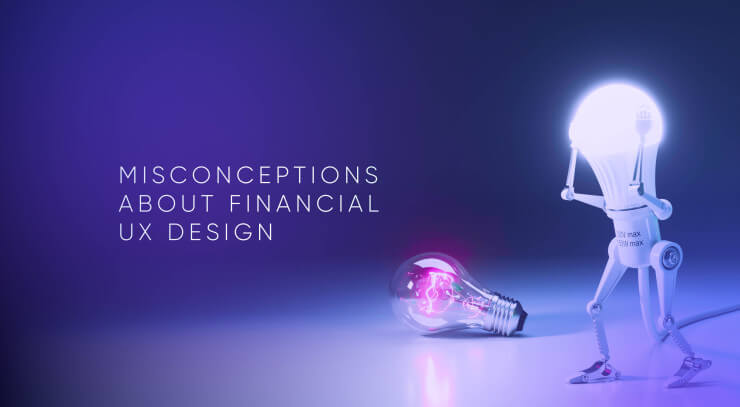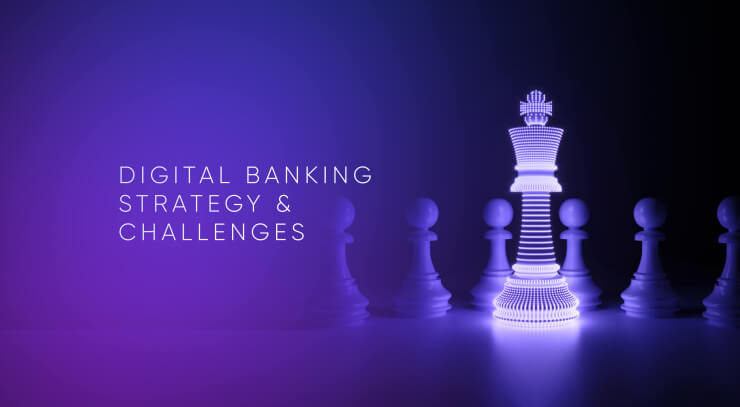What is financial UX design?
UX means user experience. So, the financial UX design definition is about engineering and designing digital financial solutions by focusing on the user experience they provide to their customers. Financial UX design practitioners believe that success of digital products in the banking industry depends on customers. That is why they use a range of user centered methods to create digital user interfaces (UI) that meet customers’ needs, and help to solve their tasks in the most simple and intuitive way.
The financial UX design cannot be separated from the financial UI design because those are the two parts of the same process: service design of financial products. The financial user experience is a part of the financial customer experience. Customer experience includes all the touch points in which the customer interacts with the financial institution, but user experience is limited only to digital solutions that are used by customers. That is why the financial benefit of improving the customer experience could be huge, and should be taken into account when planning financial UX design transformation.
Check out the best articles by UXDA about financial UX design.
Runrate UX Case Study: Financial Management Platform for Happiness
This is a UX Case Study of the Runrate app's UX design, that seamlessly combines planning, budgeting and investing with a philosophy of manifesting the future.
Magma UX Case Study: Digitalize NBA Players' Investments to Beat Market Volatility
UXDA designed a next-gen investment platform, for high-net-worth individuals. The aim was to create a quantitative hedge fund product to simplify and enhance the investment experience with cutting-edge technologies.
From Hero to Zero: The Fatal Impact of a Poor Product Launch in Banking
A weak launch strategy results in a range of negative outcomes, including low adoption rates, poor customer experiences, high resistance and even reputational damage. In this article, we'll explore key reasons why a digital product launch could fail and offer tips on how to avoid these pitfalls.
The UX Formula for Customer Engagement in Banking
This formula could be applied to gain business breakthroughs and improve customer engagement in banking by adding just 4 key aspects to your business.
UXDA's Design Pyramid: Implementing DesignOps in Banks and FIs
DesignOps is a system of operations and processes that amplify the value and impact of design in a financial organization, increasing its customer-centricity and creativity.
Bank Culture: Transforming Banking Strategy with the UX Matrix
Companies with disruptor culture have the greatest potential. These businesses maximize their chances of success with Value and Design. These elements affect the formation of customer experience within any business. How finance companies can use this knowledge to establish disruptive culture?
Why Non-Purpose-Driven Banks Are Losing Customers
How can purpose-driven banking save banks from losing millions? The main challenge is how to align banking services and products with a human-centered purpose.
A Boutique UX Agency Humanize Financial Services in 37 Countries
We are the UXDA - passionate experts in finance and UX design who turn products into a Digital Advantage for purpose-driven financial brands. Read our story.
Banking Customer Experience Gap: Blindspots That Ruin Digital Banking
How would you react if your FI spent half a million and 2 years on developing a new app but after launching it, the customer satisfaction decreased? There are 7 non-obvious factors that can either lead you to a digital breakthrough OR completely sabotage it.
TOP10 Misconceptions About The Financial UX Design
Thousands of digital financial services do not achieve their goals. This is partly due to the design or, specifically, to the financial UX design misconceptions.
Digital Banking UX Design: Challenges & Opportunities
20 straightforward banking UX design trends, challenges and opportunities to create amazing financial services.



